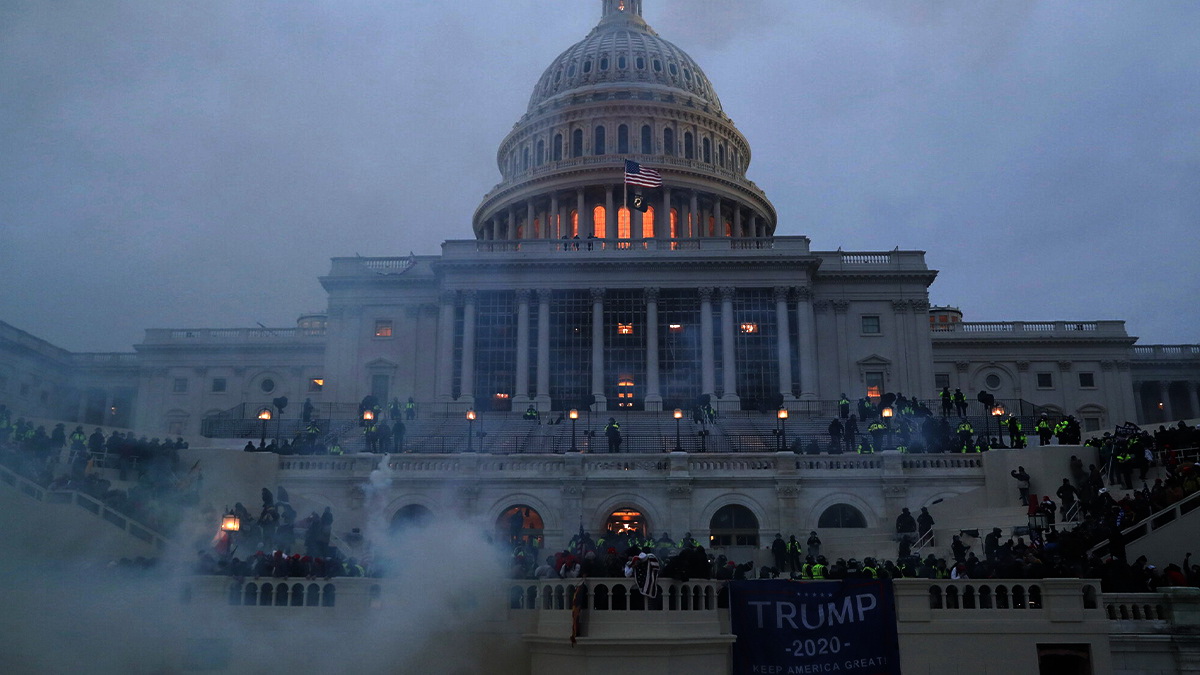Storming of the US Congress in Washington, in addition to political consequences, may pose a cybersecurity threat, experts say.
On Wednesday, January 6, supporters of Donald Trump stormed the Capitol building, where the US Congress is located, to disrupt Joe Biden’s assertion as the 46th president of the United States. At least 50 people were arrested after using Molotov cocktails, improvised explosives, and weapons. The storming of the Capitol killed at least five people.
According to The Independent, protesters gained access to at least one computer system in the office of Congress Speaker Nancy Pelosi.
Elijah Schaffer from The Blaze said in a tweet (now deleted) that he managed to infiltrate Pelosi’s office along with other protesters who broke into the building. The picture he published shows a computer monitor with a mail client and emails open on the screen dated 2019.
Since Capitol employees left their computers, laptops and mobile devices unattended during the emergency evacuation, attackers could also gain access.
Leaving computers and other devices without protection can introduce bookmarks and malware into them by foreign adversaries or other intruders. It is possible that the organizers of the assault could have downloaded malware onto computers via the Internet or using memory cards, said Peter Yapp, former deputy director of the UK’s National Cyber Security Center (NCSC).
However, the cybersecurity threat posed by the storming of the Capitol is quite low, according to cybersecurity official Eric Geller from Politico media organization.
In addition, there have already been so many leaks in the Capitol that all valuable data has long been stored under lock and key. And one more thing – the protesters were in the Capitol for a short time and would not have had enough time to gain full access to the systems.
However, according to Geller, the attackers did steal one computer from the office of Oregon Senator Jeff Merkley. Office staff refused to give details due to ongoing investigations.
Let me remind you that the recent SolarWinds hack allowed Russian attackers to infiltrate dozens of US Treasury Department mailboxes.




